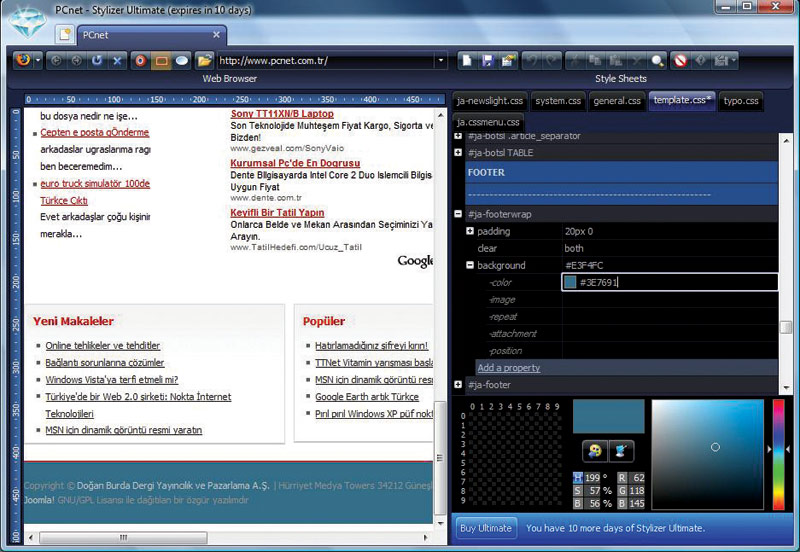

A specific implementation of ordered dithering uses a matrix to governs how nearby pixels should be taken into account, often referred to as Bayer matrix.Ī variant of this technique has been used in Return of the Obra Dinn. Such an operation requires to sample the texture several times, but is highly parallelisable and works relatively well in a shader. Ordered dithering decides if a pixel should be black or white by analysing its local neighbourhood. Ordered DitheringĪ more advanced technique to perform real dithering requires a post-processing effect. Technical Artist Kyle Halladay wrote an interesting tutorial on that very paper, titled A Pencil Sketch Effect, later improved by Ben Golus. The technique is discussed in Real-Time Hatching, where Emil Praun and his colleagues relied on mip-mapped lookup textures which they referred to as tonal art map (below). It is also possible to sample the texture in UV space, which the hatching follows the curvature of the 3D models.

Ciro Continisio 🚀 #UniteLA August 18, 2018 I like this one, it's taking shape! Still loads to do, but I like the direction. Ciro Continisio has implemented this technique in ShaderGraph (below) to simulate a hatching effect.Īnother shader experiment in ShaderGraph. The result can be pretty effective, although is prone to inaccuracies. If you need more control over your effects, you can try the extended version of Stylizer – Basic, unsurprisingly called Stylizer – Extended.Ī cheaper solution is to use a lookup texture, which can be sampled in world-space based on an object reflectance (often indicated as NdotL). The Floyd-Steinberg dithering requires to propagate the computation to nearby pixels a process that is notoriously tricky to do via shaders. This means that, conversely to thresholding, it cannot be executed on a per-pixel basis.

The first one is that is a non-local effect. You can see how well it performs below.ĭithering, however, has two main problems. The most used technique nowadays is the Floyd-Steinberg dithering, firstly introduced by Robert W. Since dithering was first used, there have been countless implementations, each one with its specific advantages and limitations. The introduction of dithering arose as an attempt to solve that problem, creating the illusion of a gradient by alternating black and white dots with different densities. As seen in the image below, thresholding yields very poor results: The most simple technique to render images in black and white is to use a threshold, so that all pixels darker than a certain value are coloured black. This blog will soon dedicate an entire tutorial on the topic, inspired by the exceptional aesthetics of Sable, which is based on a similar technique.ĭithering has been very pioneered by the printing industry, which traditionally used black ink on white paper. That is done thanks to an edge detection post-processing effect, which will not be discussed today. Lastly, Return of the Obra Dinn features very crisp lines. This was achieved by remapping the dithering effect on a sphere. Lucas Pope developed his own variant, which he referred to as blue noise dithering.Ī significant amount of work was put into making sure that the dithering effect had temporal consistency between frames. The most obvious one is the dithering effect that renders the game with dots. The style of Return of the Obra Dinn is achieved with three separate techniques. The asset comes with several other effects available, all designed to add a retro vibe to your scenes. If you are only interested in a quick way to add dithering to your game, I would suggest trying Stylizer – Basic. The aesthetics of the game heavily relies on an effect called dithering, which allows representing greyscale images with only two colours: black and white. Most of the content from this week’s Shader Showcase Saturday comes directly from the Return of the Obra Dinn, which Lucas Pope himself started back in 2014. With Return of the Obra Dinn, Lucas Pope clears any doubt with a game that, by itself, is nothing less than an achievement in technical excellence. And it even inspired a short film with the same name.ĭespite its success, one of the most recurring criticisms the game has faced is related to the apparent simplicity of its execution. Most indie developers might know Lucas Pope as the developers of the critically acclaimed Papers, Please. Thanks to its simple, yet thoughtful mechanics, Papers, Please helped to shape an entirely new genre of video games.


 0 kommentar(er)
0 kommentar(er)
